How Traditional Method Sparkling Wine Is Made
10th July 2020
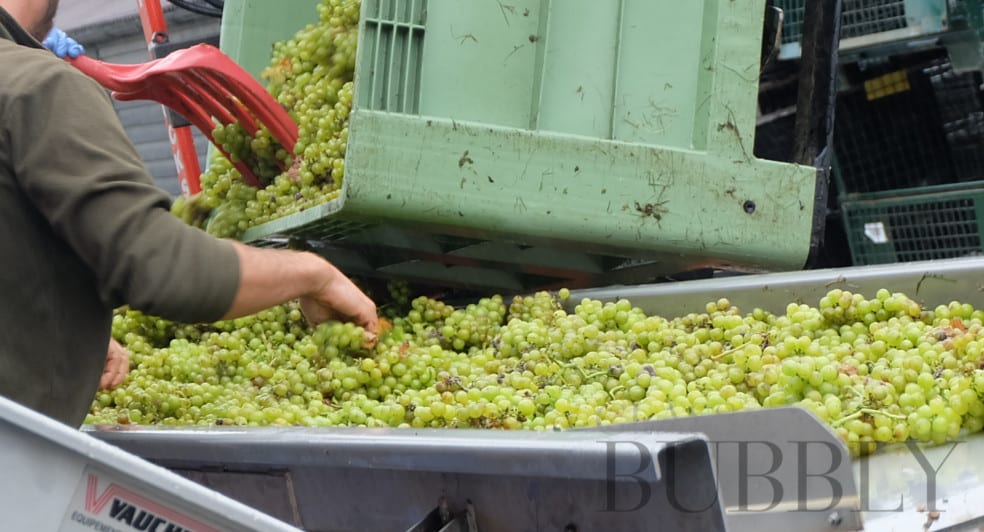
Traditional Method, sometimes referred to as the Méthode Champenoise, is famously used to create Champagne in the Champagne region of France, but it isn’t exclusively used there.
You don’t have to be in Champagne to use the Traditional Method, as Sparkling Wines in France, outside the Champagne region use this method, even Spain uses this method to create Cava, along with Italy and England to name a couple more.
Other countries can create their Sparkling Wines using the Traditional Method, but if you are in the EU, you can’t refer to it as Méthode Champenoise, only Champagnes can bear this name on its label, but this doesn’t apply to the rest of the world.
Champagne Fact – There are 34,000 hectares in the Champagne region, which 245 million years ago was a prehistoric sea, the fossilised remains of millions of accent sea creatures have turned to chalk, which creates perfect growing conditions for grapes, the chalk contains just the right amount of water so the vines don’t dry out.
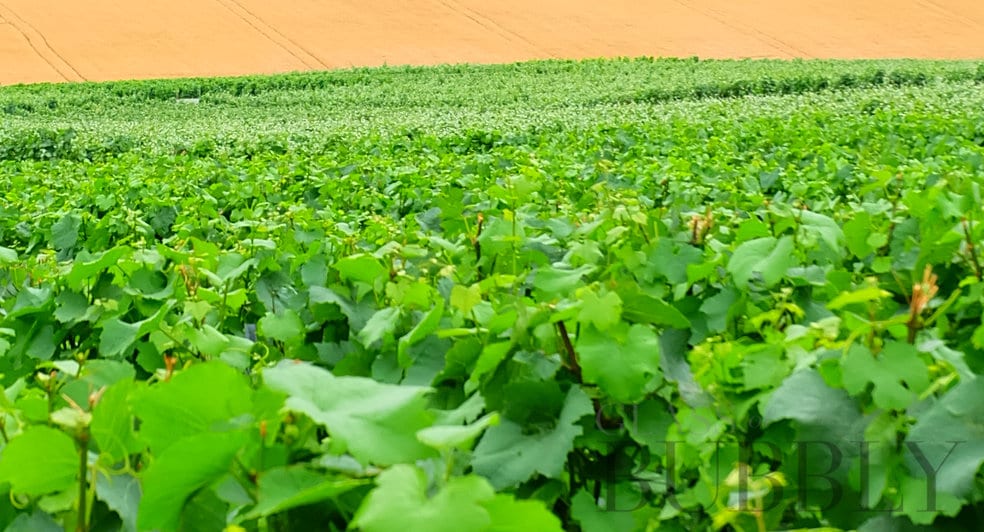
Who Invented Champagne? Many will say Dom Pérignon, a French Monk, he is thought to have invented Champagne in 1697. But there is record 30 years earlier, that an English scientist by the name of Christopher Merrett was first to discover the process in 1662.
Upon tasting the ‘first’ sparkling wine, Dom Pérignon is thought to have said: “Come quickly, I am tasting the stars!”
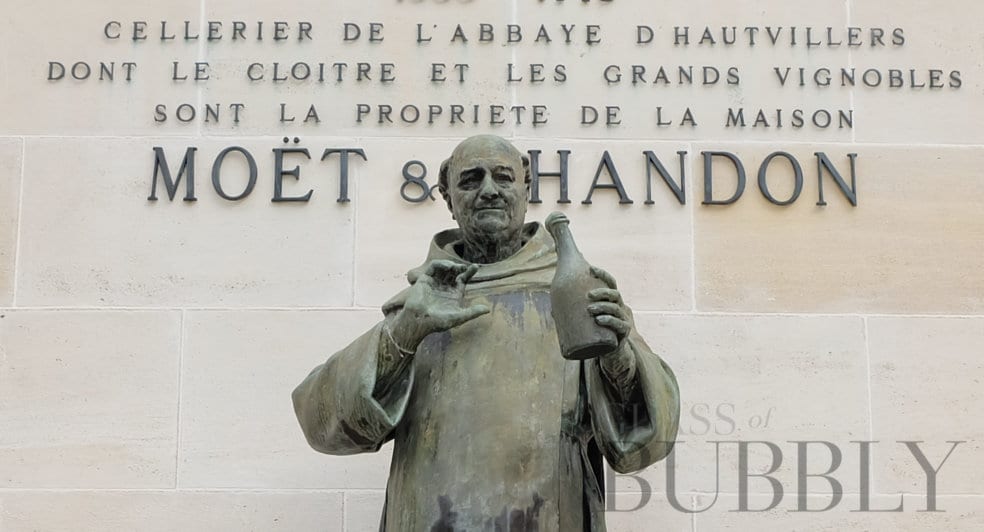
Pierre-Emmanuel Taittinger is one of the biggest names to say that this process was invented by the Englishman, he explains that Benedictine monks were supplying the English with both red and white still wine, from the northeast region of Champagne, he said: “The English left these inexpensive still white wines on the London docks and the wines got cold so they started undergoing a second fermentation”.
Like all great mistakes, it led to a great invention – Pierre-Emmanuel Taittinger
The English and the French have not yet come to an agreement on which country invented the Traditional Method.
Other Names for the Traditional Method
- Méthode Champenoise – French
- Champagne Method
- Classic Method
- Metodo Classico – Italian
- Méthode Traditionnelle
- Método Tradicional – Spanish & Portuguese
- Metodo Tradizionale – Italian
- Klassische Flaschengärung – German
- Methode Cap Classique – South African
The 8 Steps To Making Traditional Method Sparkling Wine

1) The Harvest – The first process for making any wine, still or sparkling, is to pick the grapes, when using the Traditional Method, you normally harvest the grapes a little earlier than normal, so the grapes contain a lower sugar level and a higher acid level, but this doesn’t apply if you are creating a Rosé.
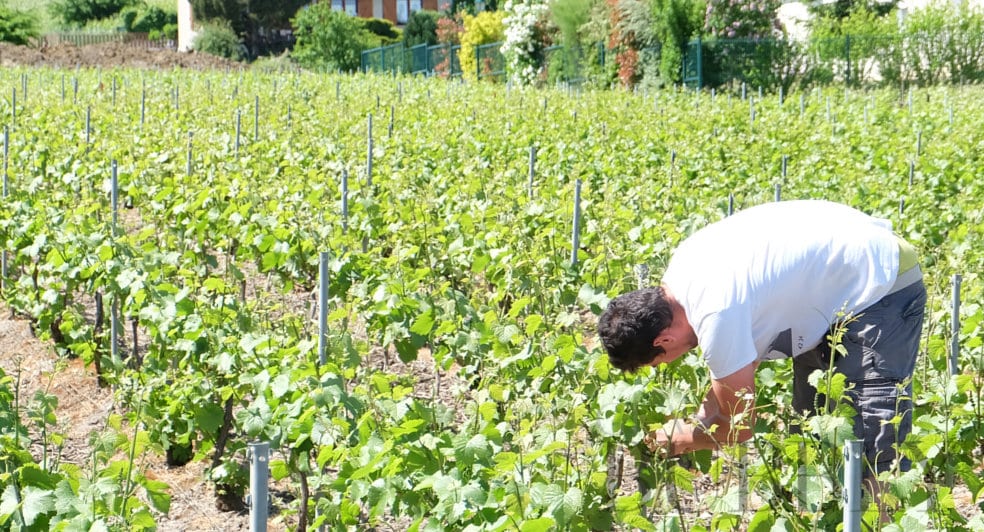
2) Fermentation No.1 – Extract the juice from the grapes and ferment, this creates a dry and acidic still wine called Cuvée.
The way Champagne or any Sparkling Wine is first fermented is the same way any still wine is fermented, it is because of the Champagne & Sparkling Wine’s second fermentation that it gets its bubbles.
3) Blending or referred to by the French ‘Assemblage’ – This is where a Vintage or Non-Vintage (NV) is made, the winemaker decides whether he is going to only use grapes from a single year to create a Vintage i.e. 2020, or to blend grapes from previous years to create a NV.
To create a Vintage all the grapes used in that bottle must have been harvested from the same year, they don’t have to be grown from the same hectare and you can blend different grape varieties, as long as they were harvested in the same year, if you want to use grape juice from the previous year, your wine becomes a NV.
4) Fermentation No.2 or Prise de Mousse (Setting of the Foam) – The Cuvée you created from the last step is then bottled along with some Liqueur de Tirage which is sugar and yeast, the bottle is then capped off with a crown cap, the yeast will then eat away at the sugar over a period of approximately 3 weeks, causing a second fermentation, which in turn increases the alcohol content and creates carbon dioxide, as the carbon dioxide can’t escape the bottle, it changes the still wine into a Sparkling Wine by producing the bubbles needed.
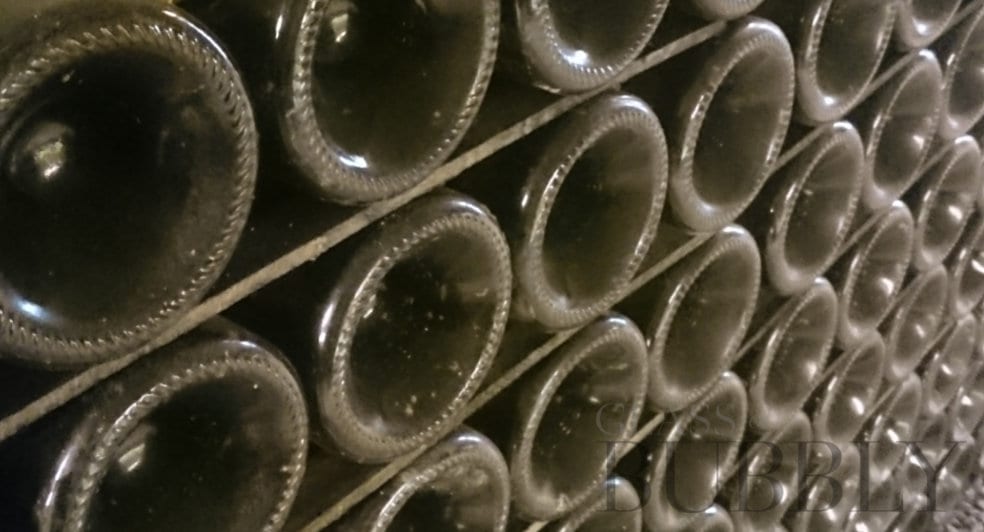
5) Lees Aging or Sur Lie – After the yeast has eaten up all the sugar, it will then die and now be called Lees, but its mission isn’t over yet, the Lees is left inside the bottle for different amounts of time, the lees then gives the wine it’s classic Champagne flavour of Toasty, Nutty and Yeasty notes for you to experience.
The amount of time the Lees is left in the bottle is up to the winemakers, it can be left in the bottle for 2 years or not be taken out for 6 years, the longer your Sparkling Wine stays on the Lees the more prominent the Champagne flavours will become and the bubbles will also become finer and smaller, which is a hallmark of quality in a bottle of Champagne.
6) Riddling or Remuage – Now is the time to remove the Lees from the bottle, the majority of wines remove the Lees from their bottles, but some do choose to keep it in.
If the Lees is kept, this can create a cloudy effect in the glass, you can choose to either drink the wine completely clear by letting the lees settle at the bottom of the bottle or you can mix in the sediment/lees, in the bottle from just a little to a lot, this changes the flavours in your glass, giving you at least two different tasting experience in one bottle.
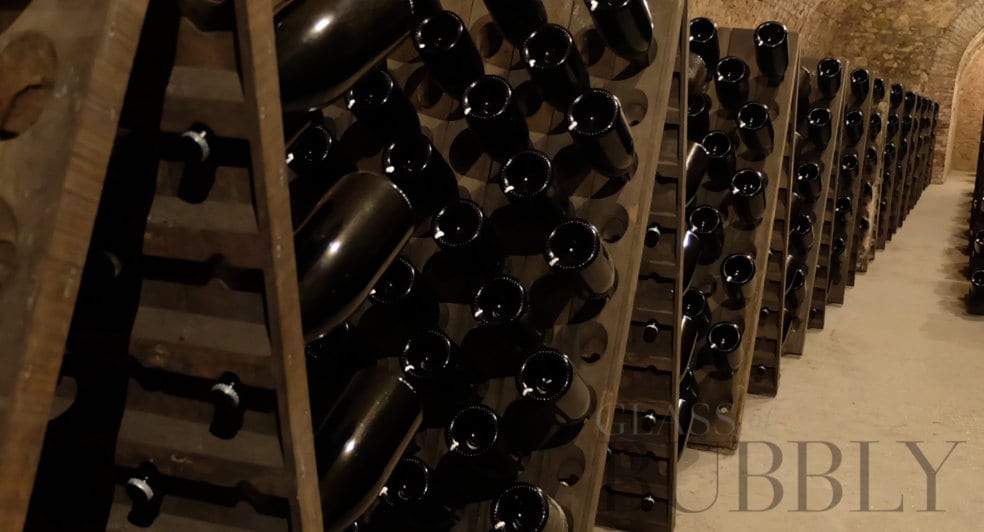
The first step is to lay the bottle at a 90-degree angle, this allows the Lees to lay at the side of the bottle, each day the bottle is then ‘riddled’ bit by bit until the bottle is sat at a 180-degree angle or thereabouts, this process slowly gathers the Lees in the neck of the bottle, allowing the neck to then be frozen, you remove the crown cap and out pops the Lees otherwise known as ‘disgorgement’.
7) Dosage or Liqueur D’Expedition – After the Lees has been ‘disgorged’ some of your Champagne or Sparkling Wine may escape from the bottle, you will quickly need to fill the bottle back up to the right amount using some of your original Cuvée.
This is also the point where you can choose whether to add any more sugar and if so how much, this will determine how sweet your wine is going to be.
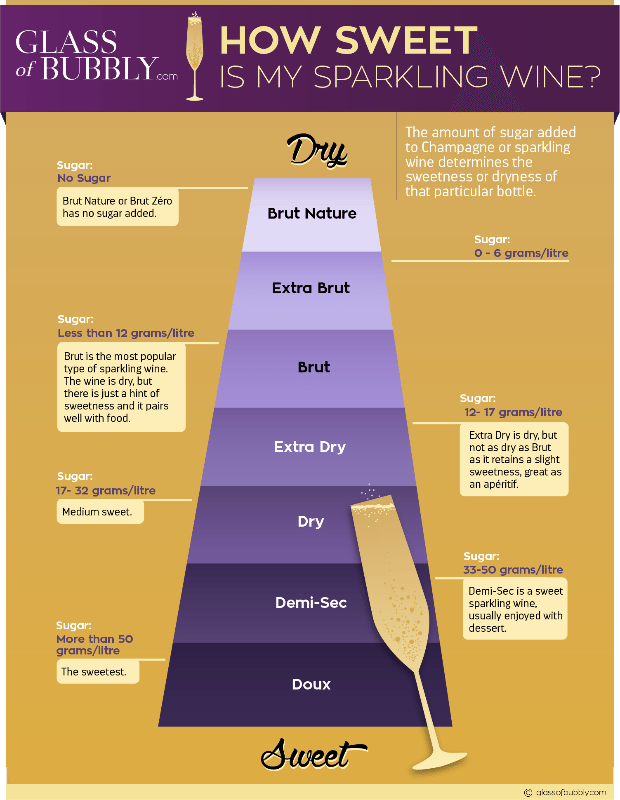
8) Ageing Your Bottle of Sparkling Wine – This is the final step, you seal off your bottle for the final time with a cork and hold it in place with a wire twist capsule, which is called a ‘Muselet’ it is pronounced mew-zeh-LAY, in the U.S, this capsule was created by Adolphe Jacqueson in 1844.
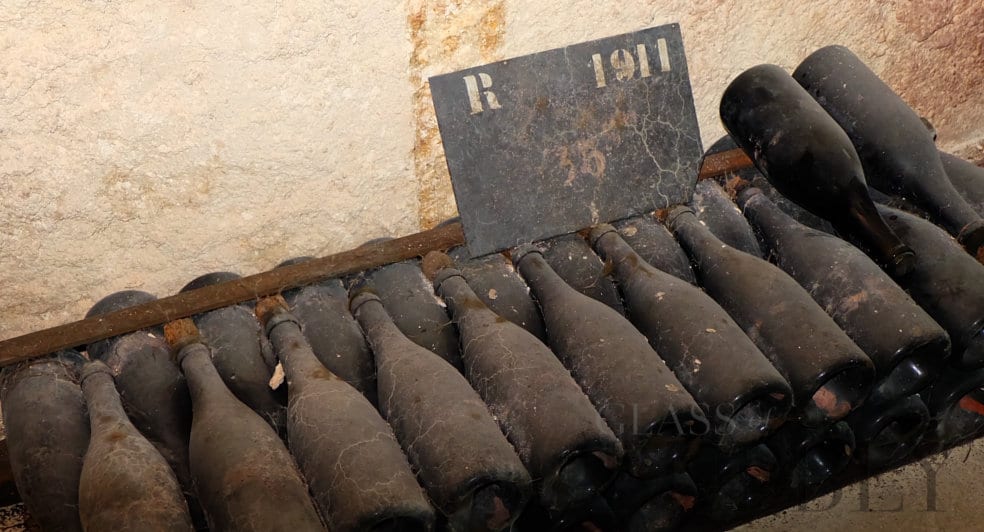
According to Champagne and Security, it should always take 6 turns by hand to fully loosen the Muselet.
Or if you would prefer, you can seal off your bottle with another crown cap, this is normally perceived as cheap by many consumers, although it removes the magic of opening a bottle of Champagne or Sparkling Wine it does remove the possibility of buying a corked bottle, this means that the cork has reacted badly with the wine, you will be met with an unpleasant taste along with mold, wet newspaper or a wet dog on the aroma.
There is a lot of time and dedication required to produce a bottle of Champagne, Cava or Sparkling Wine using the Traditional Method, but this isn’t the only method used to create Sparkling Wines, you have the Charmat Method, which is most famously used to create Prosecco, but What is Charmat Method?
![]()
Oliver Walkey
Champagne and Sparkling Wine Writer, Focused on Bringing the Exciting and Fascinating World of Bubbly to You.
